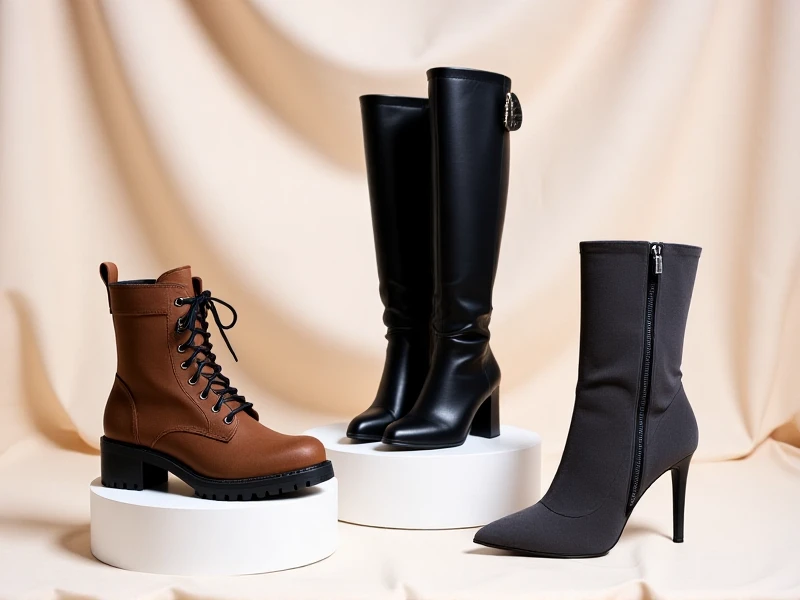
The Ultimate Guide to Choosing Hiking Boots
Hiking boots are more than just footwear; they're your foundation for adventure. They protect your feet, provide stability on uneven terrain, and grip confidently on slippery surfaces. Choosing the right pair is crucial for comfort, safety, and enjoying every moment on the trail. With numerous options available, knowing what matters most simplifies your decision.
Not all hiking boots are created equal. The type you need primarily depends on the terrain you tackle and your hiking style. Lightweight hiking boots or trail runners are ideal for day hikes on well-maintained paths. They offer flexibility and breathability, making them perfect for fair weather and shorter distances. For multi-day backpacking trips carrying heavier loads, or when navigating rockier, tougher terrain, mid-cut or high-cut hiking boots provide essential ankle support and underfoot stability. Rigid soles offer protection from sharp rocks, while durable materials withstand abrasion. Waterproof hiking boots (often using membranes like Gore-Tex) are indispensable for wet conditions, stream crossings, or snowy trails, keeping your feet dry and warm.
Key features demand attention when selecting hiking boots:
- Fit is Paramount: This is non-negotiable. Your feet will swell during a hike. Always try boots on later in the day with the socks you plan to wear. Ensure there's about a thumbnail's width of space between your longest toe and the boot's end. Your heel should sit firmly in the heel cup without slipping. Walk around the store on an incline if possible – many reputable outdoor retailers provide ramps. Avoid boots requiring significant "break-in." While some molding is normal, excessive discomfort signals poor fit.
- Match Support to Your Load & Terrain: Assess the trails you frequent and your pack weight. Rugged terrain with a heavy backpack necessitates hiking boots with stiff midsoles (“shanks”) and supportive high collars. For easier trails and light loads, prioritize lighter-weight flexibility.
- Traction Matters: A quality hiking boot outsole boasts deep, multi-directional lugs made of sticky rubber compounds like Vibram. This provides excellent grip on mud, loose gravel, and wet rocks. Ensure the sole pattern looks aggressive enough for your intended use.
- Waterproofing: Essential or Optional? If you hike in the Pacific Northwest, the UK, or regularly encounter rain, snow, or wet grass, waterproof hiking boots are essential. For consistently dry climates or hot-weather desert hikes, non-waterproof (“water-resistant” or mesh) boots offer superior breathability and keep feet cooler.
Investing time in choosing the perfect pair of hiking boots pays dividends on the trail. Avoid blisters, rolled ankles, and sore feet by prioritizing fit, support, traction, and the right waterproofing level. Visit a specialty outdoor store for expert fitting advice and try on several reputable brands like Salomon, Merrell, Keen, or Vasque. Lace up your ideal pair of hiking boots, embrace the path ahead, and discover the landscape one confident step at a time. Your next great trek is waiting.